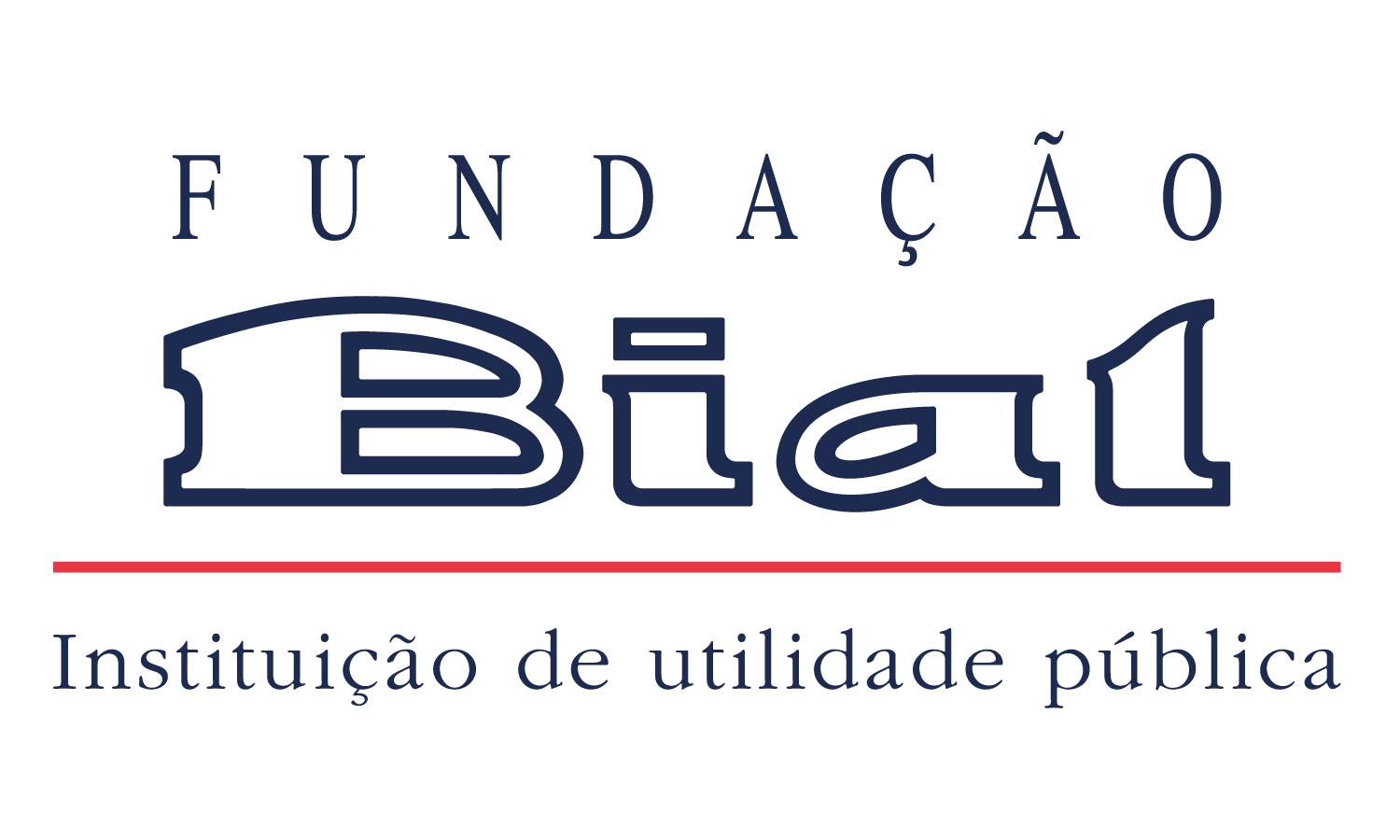No âmbito do projeto 193/18 - The essential role of the dorsolateral prefrontal cortex in motor imagery: A TMS interference study, Scott Glover e colaboradores publicaram na revista Behavioural Brain Research o artigo “TMS over dorsolateral prefrontal cortex affects the timing of motor imagery but not overt action: Further support for the motor-cognitive model” com os seguintes destaques:
- A elaboração de imagens motoras exige o recrutamento de recursos executivos do córtex pré-frontal dorsolateral;
- A elaboração de imagens motoras é mais lenta quando a utilização dos recursos executivos é interrompida;
- Há evidência da dissociação funcional entre a elaboração de imagens motoras e a realização da ação, o que favorece o Modelo Motor-Cognitivo;
- O desempenho na elaboração de imagens motoras não pode ser explicado na perspetiva da Equivalência Funcional.
Abstract
“The Motor-Cognitive model suggests a functional dissociation between motor imagery and overt action, in contrast to the Functional Equivalence view of common processes between the two behaviours. According to the Motor-Cognitive model, motor imagery differs from overt action primarily through the use of executive resources to monitor and elaborate a motor image during execution, which can result in a lack of correspondence between motor imagery and its overt action counterpart. The present study examined the importance of executive resources in motor imagery by using TMS to impair the function of the dorsolateral prefrontal cortex while measuring the time to complete imagined versus overt actions. In two experiments, TMS over the dorsolateral prefrontal cortex slowed motor imagery but did not affect overt actions. TMS over the same region also interfered with performance of a mental calculation task, though it did not reliably affect less demanding cognitive tasks also thought to rely on executive functions. Taken together, these results were consistent with the Motor-Cognitive model but not with the idea of functional equivalence. The implications of these results for the theoretical understanding of motor imagery, and potential applications of the Motor-Cognitive model to the use of motor imagery in training and rehabilitation, are discussed.”

































































































